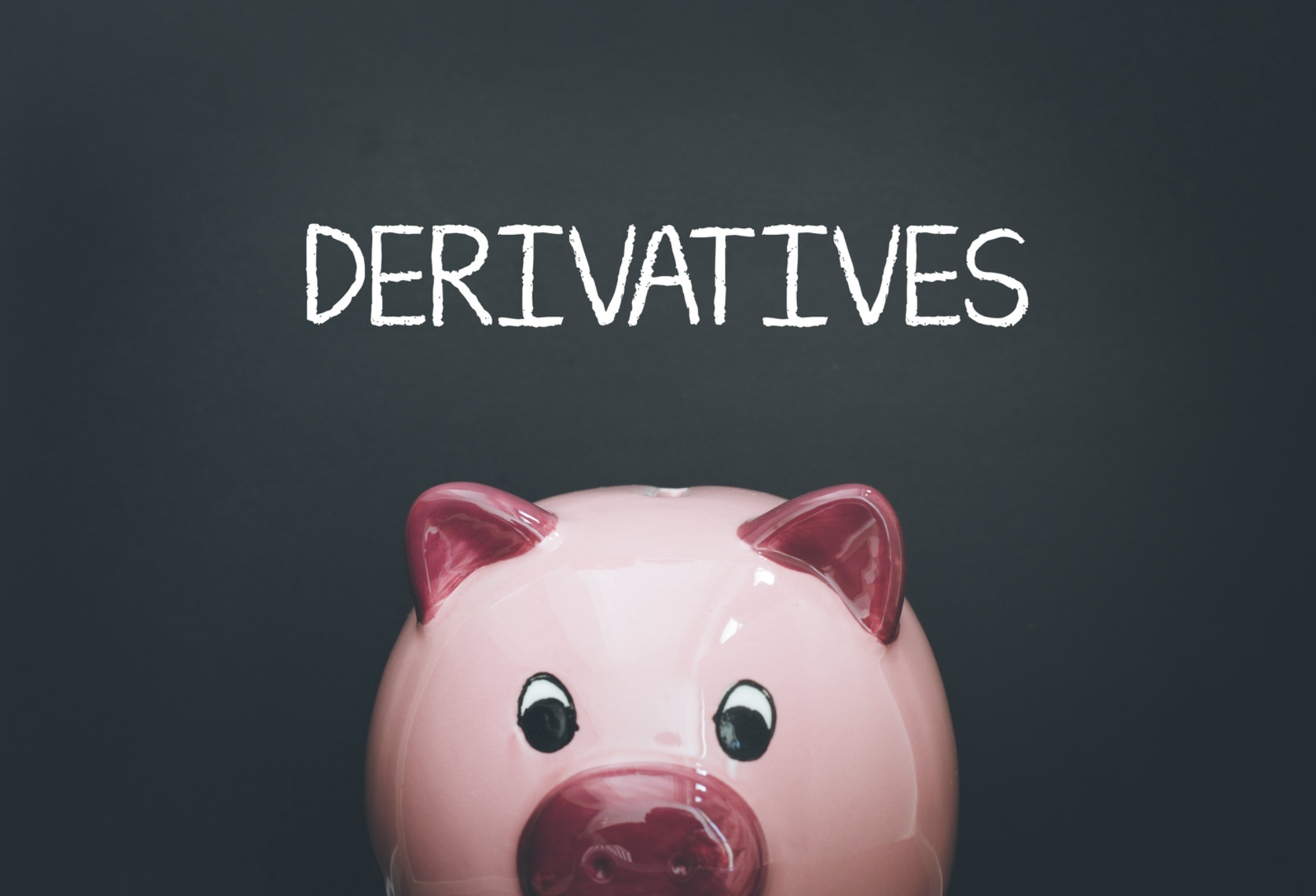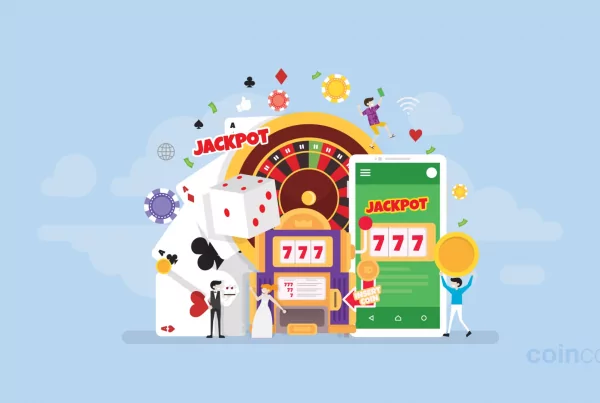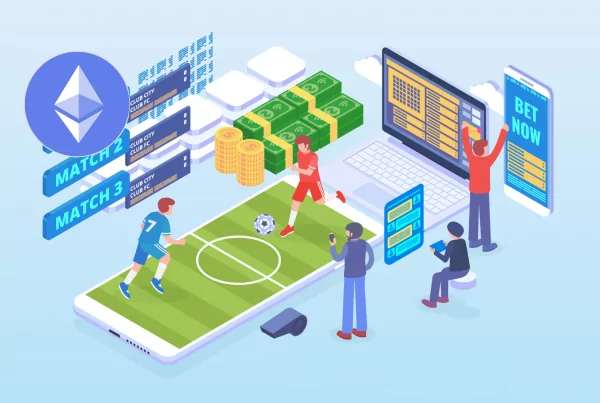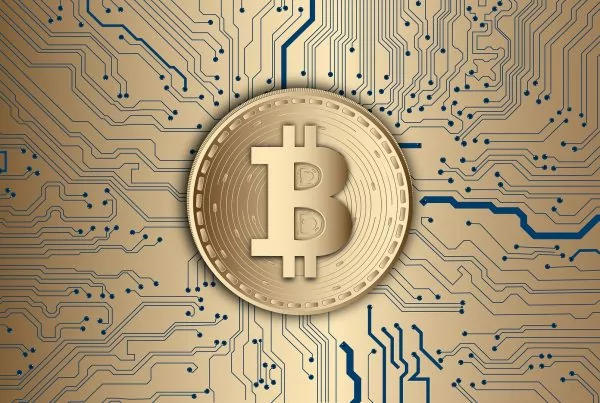
The crypto derivatives market is heating up. Hot on the news that Coinbase is buying a crypto futures exchange, FairX, as part of its plans to open up crypto derivatives to US traders, we look at the current offering for those who want to trade decentralized crypto deviatives.
First of all, let’s start by looking at the difference between centralized and decentralized crypto derivatives. Centralized refers to the conventional money markets, where brokers offer listings on a variety of cryptocurrencies. Usually, the broker takes the other side of the trade, effectively as the market maker.
The benefits of decentralized derivative exchanges
Decentralized derivatives as their name suggests work in a different way. In this case exchanges like Binance, OKEx and CoinTiger offer traders the chance to trade contracts on underlying crypto assets often in a peer to peer fashion. In this case, the market makers are the market participants themselves and there is no conflict of interest in this case. Another upside of decentralized derivatives trading is that the market is transparent and there is no question that the prices can be tampered with as in the case of centralized brokers. That’s because all activity takes place on the blockchain, which automatically verifies and authenticates every transaction conducted.
The downsides of decentralized exchanges
The downside of this model is often one of depth of liquidity, meaning there are sometimes not enough market participants providing enough liquidity to take the other side of the trade. One derivatives exchange that is completely decentralized and open and is not dealing with shallow liquidity is SynFutures.
The platform allows a wide selection of assets, including Ethereum native, cross-chain and off-chain real world assets to be synthesized and traded. It features an Automated Liquidator (ALQ), which minimizes the entry barrier of liquidators and also assists with automating and balancing the liquidation process so the market is always busy and supports more exotic assets with thin liquidity.
In addition, the platform allows users to list literally any trading pairs in under a minute, that includes blockchain projects that can list their own tokens and thereby create their own margined market. It allows traders to trade and list crypto majors, altcoins, NFTs, indices and real-world assets with a single token via our sAMM model.
According to SynFutures, “SynFutures is an innovative project that is driving the growth of DeFi by bringing complex financial instruments such as derivatives to digital assets. People in TradFi have been using derivatives to gain leverage, hedge their positions, or amplify the returns for decades. Users can access the same services in DeFi, thanks to projects like SynFutures.”
The bottom line
As traders and institutional investors pile more money into the crypto derivatives markets, decentralized trading is one way for traders to play the markets in a way which is transparent, permissionless and fair.



